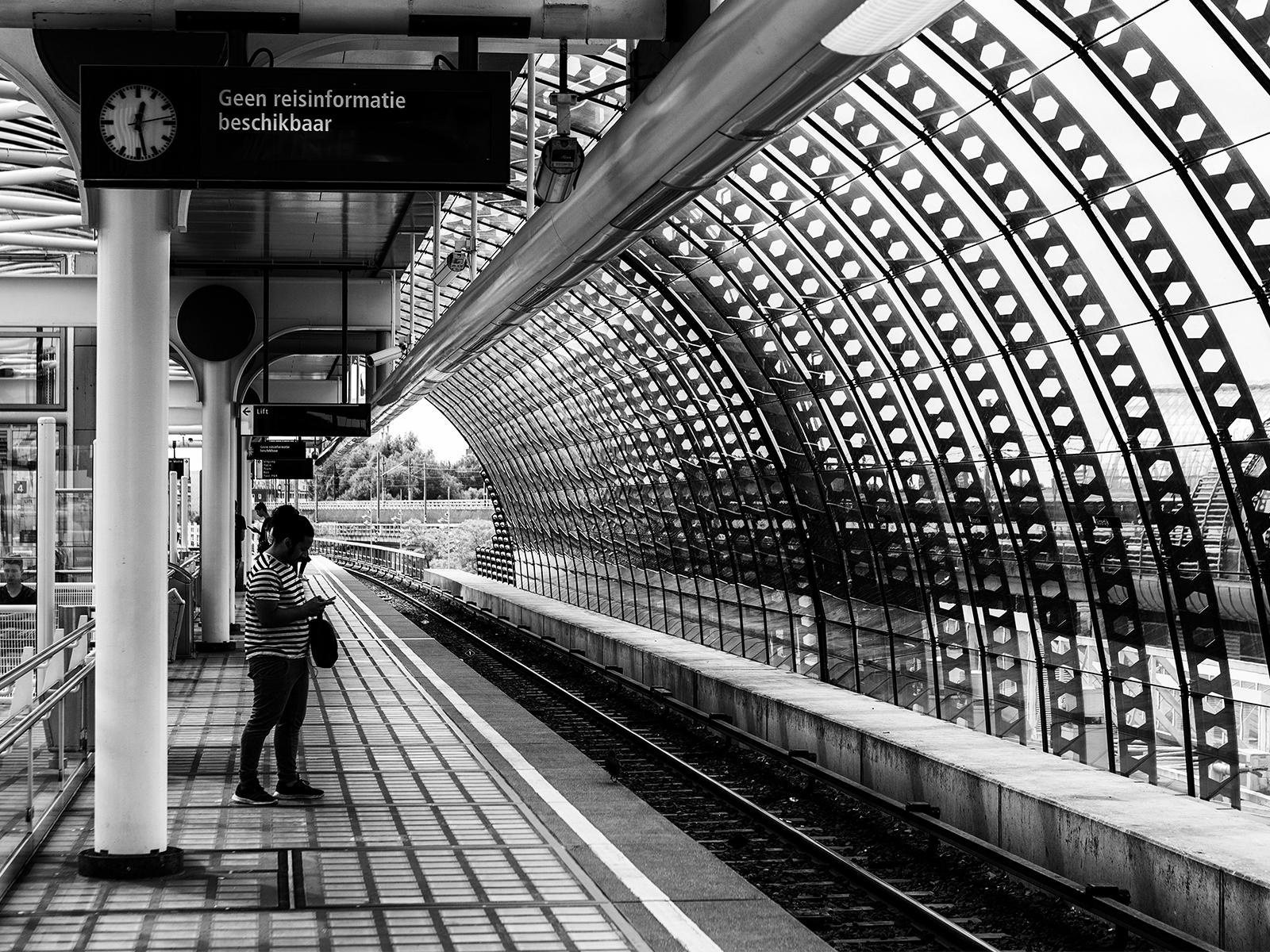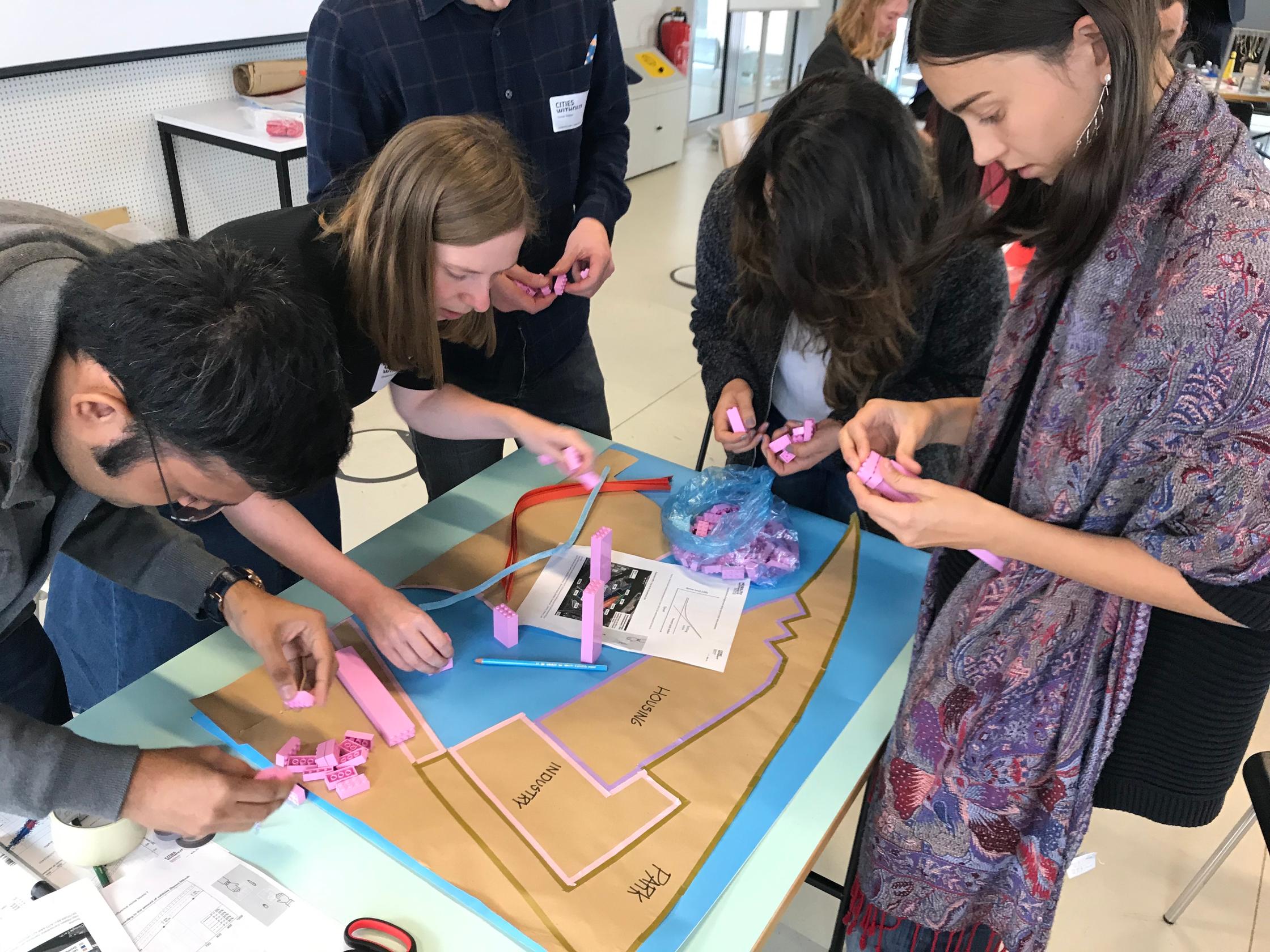Over the past year and a half, project partners in the Cities-4-People project have taken a co-creative approach to tackling local mobility issues. This approach is open ended—it involves first gathering a community, then facilitating the process as community members identify problems in their local area, decide on potential solutions, and work together with public administrators and experts to help implement their ideas. Recently, we had the chance to share some of our insights with the Interpart project, which is also exploring bottom-up approaches to urban development.
Symposium
On May 28-29, I travelled to Dortmund, Germany to take part in a symposium hosted by the Interpart project on the topic of intercultural spaces for participation. The question posed to the event’s participants was:
"What are requirements for digital tools to facilitate intercultural dialogue / to suit the needs of people with a migrant background?"
To help answer this question, Interpart invited guests from across Europe and began by facilitating a dialogue between those present, through round-table style discussions, presentations, and even through an interactive performance art piece.
Co-creation process
Waag’s contribution towards answering these questions was to provide an overview of the co-creative method we have developed over the past 25 years, with direct reference to how this process has been employed in Cities-4-People. There is no magic solution to facilitating dialogue, or to working with people with a migrant background. There are, however, processes, methods, and tools that can help tech developers to tap into the needs of a user-group that they may not understand. This involves co-creation: not building for a target group, but rather building with them.
This involves the slow yet rewarding process of bringing citizens together, identifying their needs, ideating solutions, and building and implementing those solutions together at each step along the way, while bringing public administrations and expert opinions into the process when necessary. This process is visualised on Waag’s Co-creation Navigator, which serves as a guide with various tools and methods along the way to help facilitate co-creation in a wide range of settings.
Why use digital tools
The question of 'why are you using digital tools?' is also crucial. In co-creation, offline face-to-face action is always preferable to online discussion. A live setting allows people to see each other eye to eye, work hands-on together, and ultimately to increase a sense of community and understanding between those who are together.
When planning to build something online, a good question to ask is: Why do we need a digital tool for this? What is the limitation that does not allow us to facilitate this process offline? Are the people too far apart? Are there too many people to include in a live setting? While it may seem obvious, answering this question clearly and directly prior to building a digital tool can help you to avoid wasted resources, and help to orient and narrow down on what is actually needed in development.
Complimentary
Khedidja Mamou of APPUII, who was a keynote speaker at the symposium, summed up these sentiments nicely when she noted that 'interaction between online and offline spaces needs to be complimentary'. It can be easy to assume that an online solution will somehow be more valid or fruitful than an offline.
Rather, it is important to keep in mind that the goal of online interactions is often to have an impact offline. In this way, it is good to ask oneself: how can online tools, activity, and conversation be brought offline? How can we build online systems that don’t just have an impact online, but that traverse the digital barrier to create positive impact in the real world?

